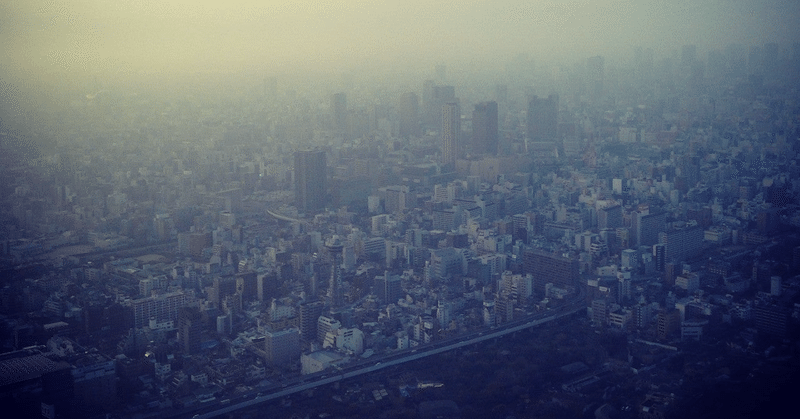
The Inegalitarian Welfare State -日本は「不平等な福祉国家」?-
This and next coming posts will focus on some of the JASSA events that I pertook in.
新学期が始まってから私が所属しているJASSA (Japan Student Study Association)のイベントにいくつか参加しているので、その内容を発信したいと思います。
(今年3月の震災関係のイベントの様子はコチラ↓ JASSA events on the 3.11 earthquake in March)
1. イベントの概要
もう2・3週間ほど前になりますが、SIPAのYumiko Shimabukuro教授を招いて日本の福祉・労働政策に関するお話をお伺いしました。
コロンビア全体でのOutstanding Teaching AwardやハーバードでもTeaching Excellenceを受賞されている、非常にenergeticで話が面白い方です!
A few weeks ago we welcomed Prof. Yumiko Shimabukuro, who made remarks on Japan's social welfare and labor policy. She is very energetic and her presentation was so engaging, as corroborated by her reception of Columbia Oustanding Teaching Award and Harvard Teaching Excellence!
2. 日本の不公平な福祉制度?
序盤は日本の相対的貧困率が1980年代から上昇し続けており米国と変わらない水準にある(日本16%。米国17%)こと、GDPの22%を社会福祉に割いていながら(中国や韓国は5-7%)、貧困層への所得移転は先進国で最低レベル。
そしてwelfare assistance(日本でいう生活保護)へのアクセスは1.8%(米国12.3%)と非常に限られており、最低賃金もOECD11か国中最低、などのデータを説明いただきました。
First she drew on data showing Japan's high relative poverty rate (16% compared to 17% of U.S.), low transfer to the poor despite huge spending on social welfare (22% of GDP versus 5-7% of China and South Korea), limited access to welfar asstance (1.8% as opposed to 12.3% of U.S.), and lowest minimum wage among 11 OECD countries.
後半はなぜこのような不公平な制度が出来上がってしまったのか?ということを議論したのですが、話は1890年代の産業化にまで遡りました。
(私はてっきり第二次世界大戦後だと思っていたのでびっくり・・・!)
その後戦時中には軍隊が貧困層を積極的に救済(することにより兵力を動員)していたのですが、再び民主化に向かうにつれ、一部の特権階級のみを利するこのような制度が出来上がってしまったとのこと。
また日本は大企業であれば労働組合がしっかりしており福利厚生が充実していますが、大多数を占める中小企業の声が政策にあまり反映されていないことも一員としてあるようです。
(フィンランドやスウェーデンはボトムアップでの民主主義化が進んで組合の力が強いためそもそも最低賃金制度などないそうです。)
The latter half was spend on discussion on why such inegalitarian system came into being, and we dated back to 1890s when industoralization happened. (I thought it was right after World War 2).
During the war, actually the military was pro-poor and tried to accomodate those excluded from democracy.
However, in the process of moving toward democratization, voices from middle class were not sufficiently incorporated into policies.
Another thing is that in Japan only big companies have decent social welfare system as opposed to middle and small size companied to which 99% of workers belong.
3. 社会福祉への投資が民主化と負の相関関係に?
日本の社会福祉支出が民主化と負の相関関係にある(民主化すればするほど社会福祉をカットする傾向、戦時中の方が支出が多かった)という話は少なからず衝撃的でした。
ニューヨークを歩いていると日本より貧富の格差を実感することが多いですし、クラスメートと話すときも日本はEgalitarianな国家とカテゴライズされることが多いのですが、このような歪んだ仕組みになっているということはしっかりと頭に入れておく必要があると思いました。
The negative relationship between democratization and spending on social welafare is somewhat surprising to me. I feel that the word poverty seems more vivid in NYC than in Tokyo or Japan in general, and many of my classmates categorize Japan as one of the egalitarian states, but we need to be mindful of that distorted system.
では今回はこのあたりで。次回は数日中に投稿しますので、引き続き読んでくださいね~!
That's all for today. Next post will come in a few days, so please check it out too!!
(※本投稿は、2017年10月時点のものをリメイクしたものです。)
この記事が気に入ったらサポートをしてみませんか?
